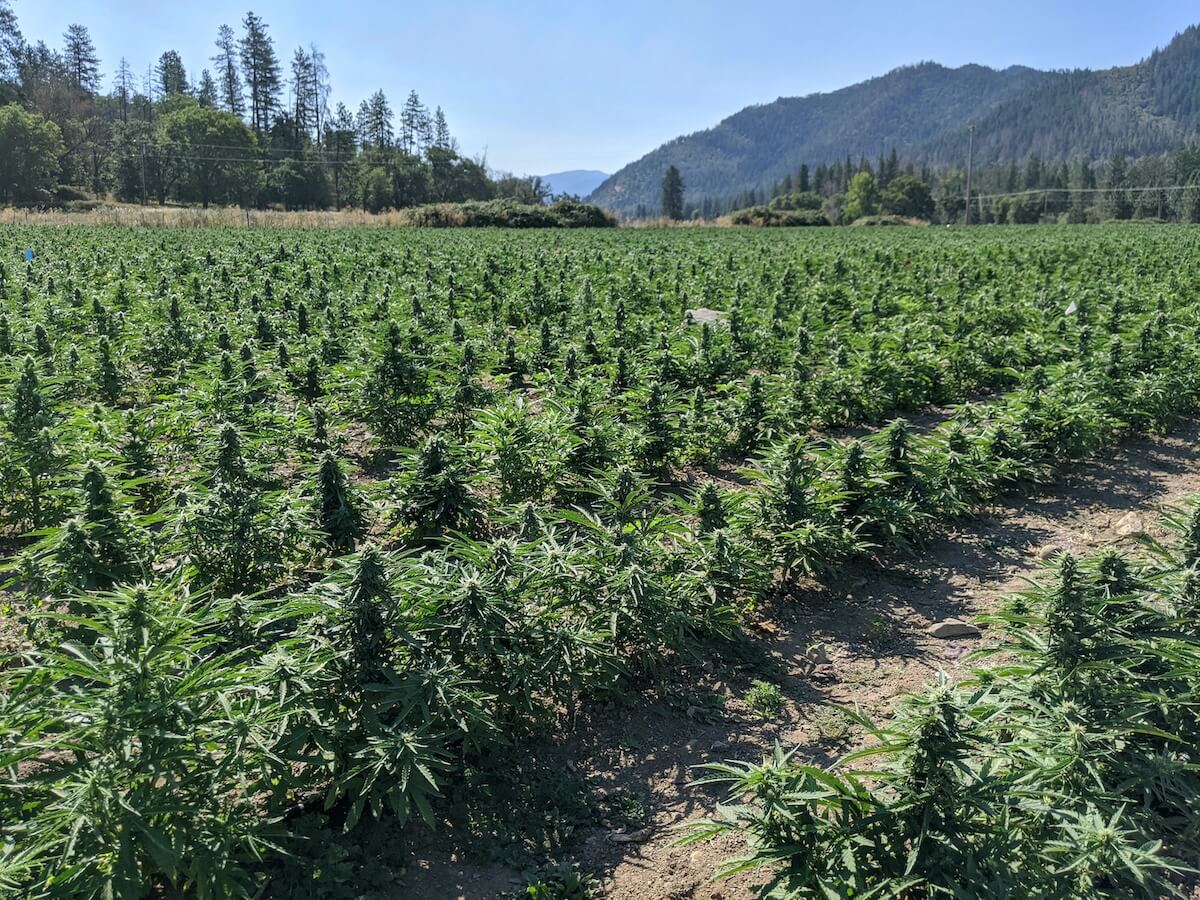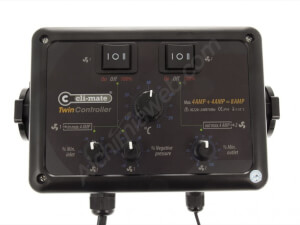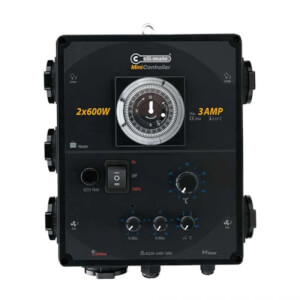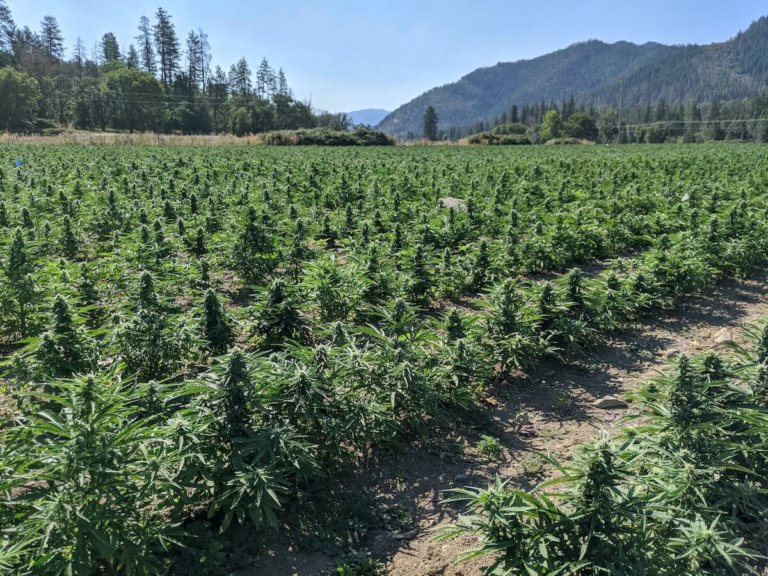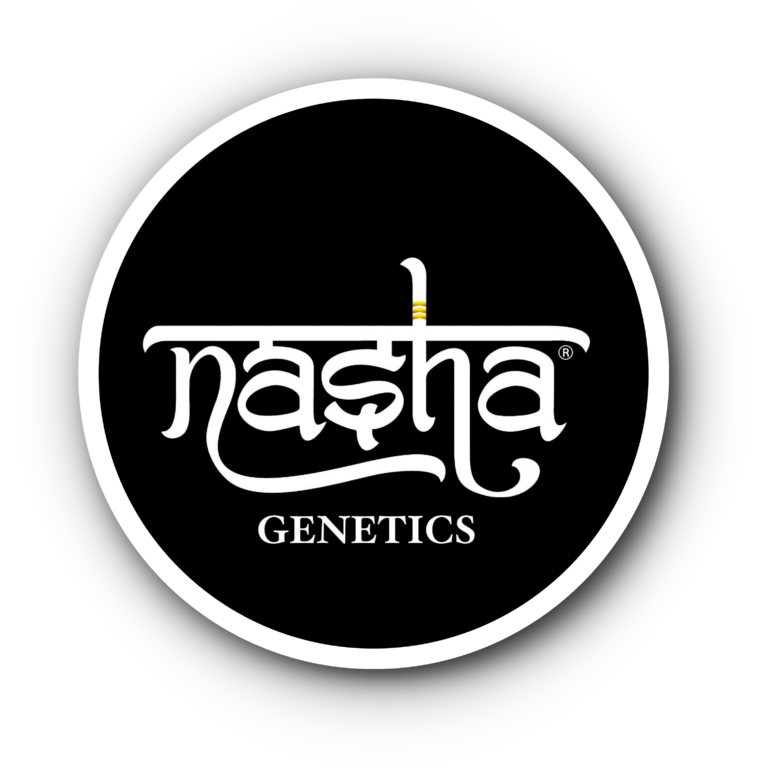Smart farming, technology and agriculture go hand in hand
List of contents
In this digital age we find ourselves in, smart agriculture, also known as smart farming, is revolutionizing the way we grow plants, including - as it could not be otherwise - cannabis. With the increasing advancement of technology and connectivity, as well as the implementation of the latest advances in robotics and artificial intelligence, cannabis farmers around the world are adopting new tools and practices to optimize their harvests and maximize the quality of their products.
In this article, we want to invite you to explore how cannabis (and also many other crops) is benefiting from smart farming, from remote monitoring of fields or facilities to the use of sensors and irrigation or even harvest automation systems. Discover with us how the combination of traditional agriculture with the latest technological innovations is taking cultivation to a new level of efficiency and productivity.
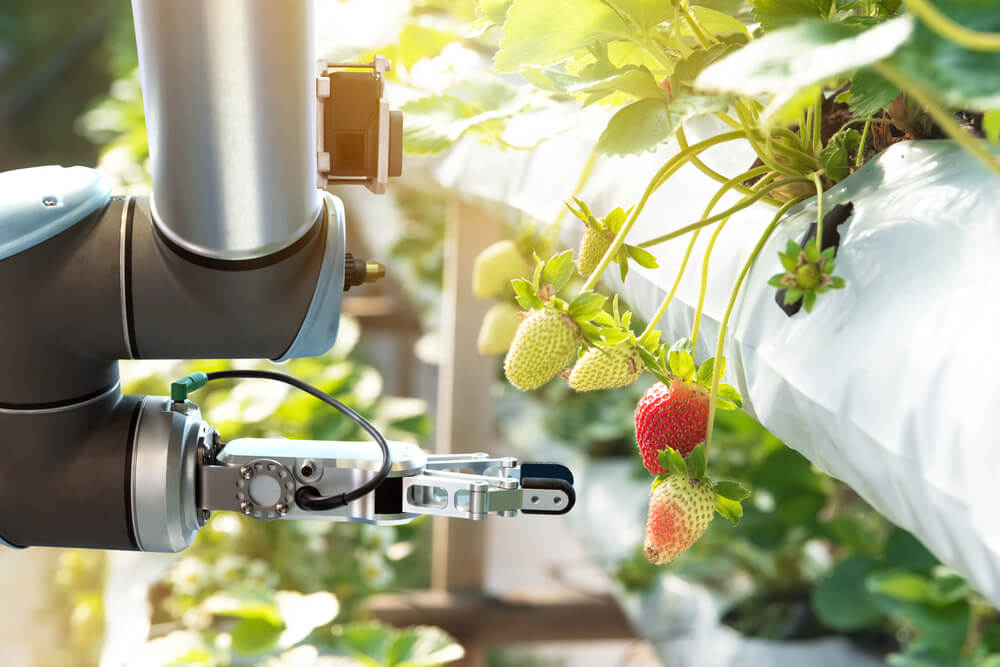
What is smart farming?
Broadly speaking, smart farming - also known as precision agriculture or digital agriculture - is an approach that seeks to transform the way agricultural production is carried out, trying to optimize the cultivation process as much as possible by taking advantage of the latest generation technologies. In this way, instead of relying solely on traditional methods, smart farming takes advantage of the power of technology to improve each stage of the agricultural process, achieving much greater efficiency of resources and facilities.
This approach involves the use of a variety of advanced technologies, such as remote sensors and IoT ( Internet of Things ) devices, to collect real-time data on various aspects of the crop, such as weather conditions, soil quality, level of humidity, or presence of pests and diseases, among others. This data is collected and analyzed using specialized software and even artificial intelligence, allowing farmers to make informed, data-driven decisions to maximize yield and minimize risk.
What is Dry Farming?
The explosion of cannabis grows in recent decades in the United States, and more specifically in the so-called ‘Emerald Triangle’, has caused many to worry about the ecological footprint that this causes. In Humboldt, a county in northern California, some cannabis growers have found a solution to minimise the impact of cannabis cultivation on the environment: 'dry farming'.
But it doesn't end here, don't think that data is simply collected so that the grower has more references on how to act; In addition to monitoring and data analysis, smart farming also includes the use of automation systems to optimize agricultural tasks such as irrigation, fertilization, and pesticide application. This not only reduces the need for labor but also allows for more precise and efficient management of resources, which in turn can lead to greater productivity and profitability. Yes, today there are, for example, machines that carry out the entire cloning or tissue culture process by themselves, with excellent results and lower risk of pathogenic contamination.
As you see, smart farming represents a significant evolution in the way agriculture is carried out, taking advantage of the latest technologies to improve the efficiency, sustainability, and profitability of agricultural production. Although adapting these techniques to each particular case will be the grower's job, thanks to these innovations a large part of the work can be automated, from when to do a certain task to how to do it, and all this with the security of giving the plants what they need in every moment.
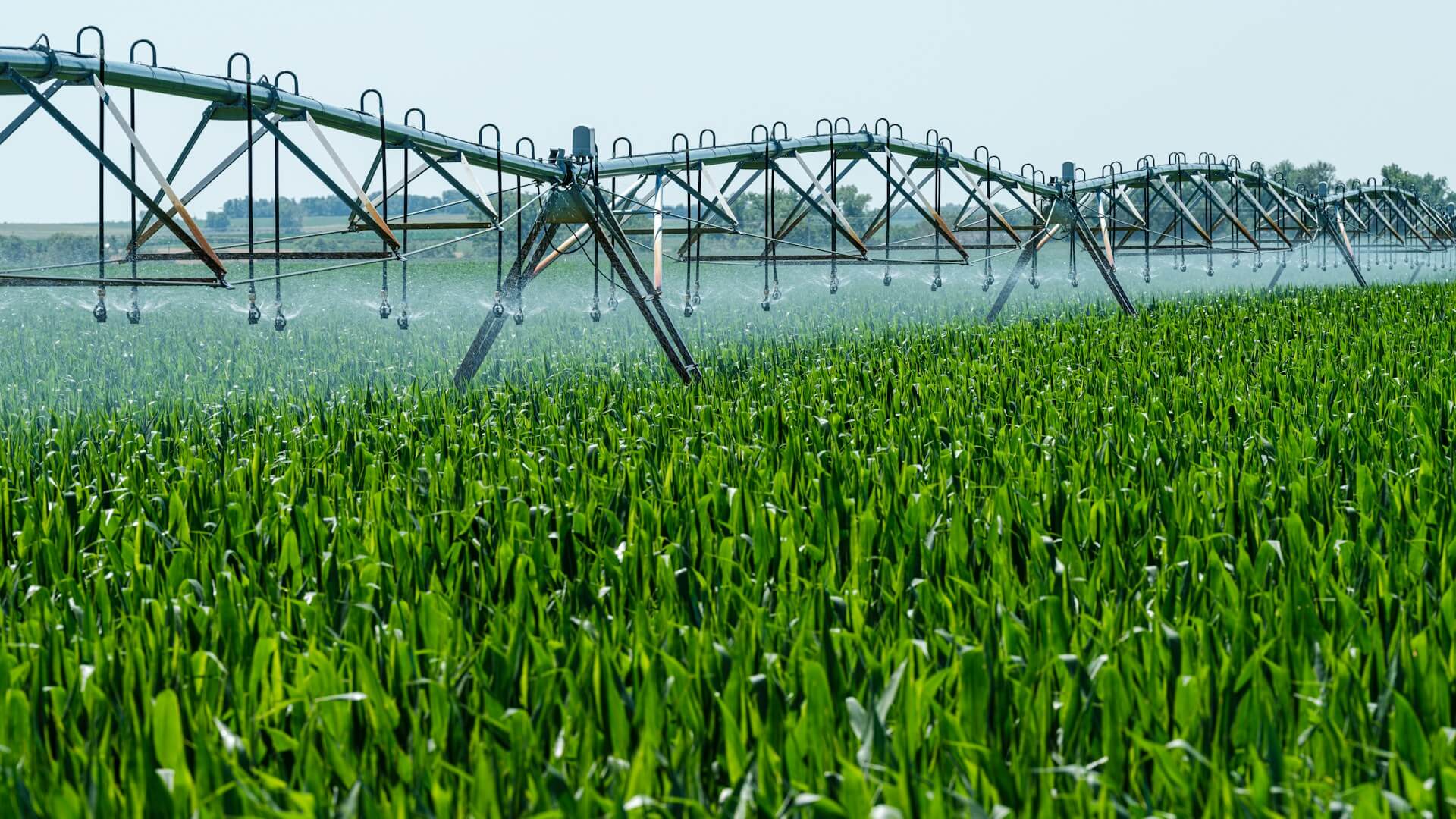
Smart farming innovations
We have seen how the main innovations of smart farming focus on the use of advanced technologies to optimize various areas of agricultural production. But what kind of innovations are we talking about? What resources does this type of agriculture provide the grower? Some of these innovations include:
- Remote sensors and IoT devices: These devices allow real-time data to be collected on climatic conditions, soil quality, humidity level, or the presence of pests and diseases, among other aspects relevant to the crop. Thus, any parameter that deviates from what was planned or desirable is immediately communicated to the grower, who can react instantly.
- Data analysis and Big Data: The use of specialized software makes it possible to analyze large amounts of data collected by sensors, providing valuable information for making agricultural decisions based on real data and experiences, not just theory.
- Automation systems: Automation systems control and optimize agricultural tasks such as irrigation, fertilization, and pesticide application, reducing the need for labor and allowing more efficient management of resources. Of course, at a professional level, the savings that this fact represents can make the difference between success and failure.
- Precision agriculture: This technique uses detailed data on soil and plant conditions to adapt agricultural practices precisely, optimizing the use of resources and maximizing crop yields, allowing very precise adjustments to be made on various aspects of the crop, from the pH of the medium or nutrient solution to environmental CO2 levels or temperature and humidity.
- Drones and autonomous vehicles: These devices are used to automatically and periodically carry out aerial inspections of crops, identify problems early, and apply treatments precisely in specific areas of the field, all without the intervention of the grower.
Advantages of the smart farming application
So far we have seen the main characteristics of this technique and some of its greatest innovations concerning traditional agriculture. Let's now see what the main advantages of smart farming are and how the use of this technology translates to agricultural activity:
- Optimization of resources: The use of advanced technologies allows for more efficient use of water, fertilizers, and pesticides, which reduces production costs and minimizes environmental impact, two aspects of no small importance in today's agriculture.
- Improved productivity: By collecting and analyzing real-time data on soil conditions, weather, and crop health, farmers can correct a multitude of issues "in situ" as well as make more informed decisions to maximize productivity. yield of future crops.
- Labor reduction: Automation systems and autonomous vehicles such as drones allow agricultural tasks to be carried out more efficiently and with less labor, which reduces labor costs, increases operational efficiency, and decreases the probability of the appearance of pests.
- Early detection of problems: Sensors and drones can detect signs of stress in crops, as well as the presence of pests and diseases, allowing farmers to take preventive and/or eradication measures before problems worsen.
- Improving product quality: By closely monitoring crop growing conditions, farmers can ensure the quality and safety of their products, increasing their market value and therefore profits.
- Greater sustainability: Smart farming promotes more sustainable agricultural practices by reducing resource waste, minimizing pollution and promoting the conservation of soil and natural ecosystems, all aspects of cultivation of great importance in the current context.
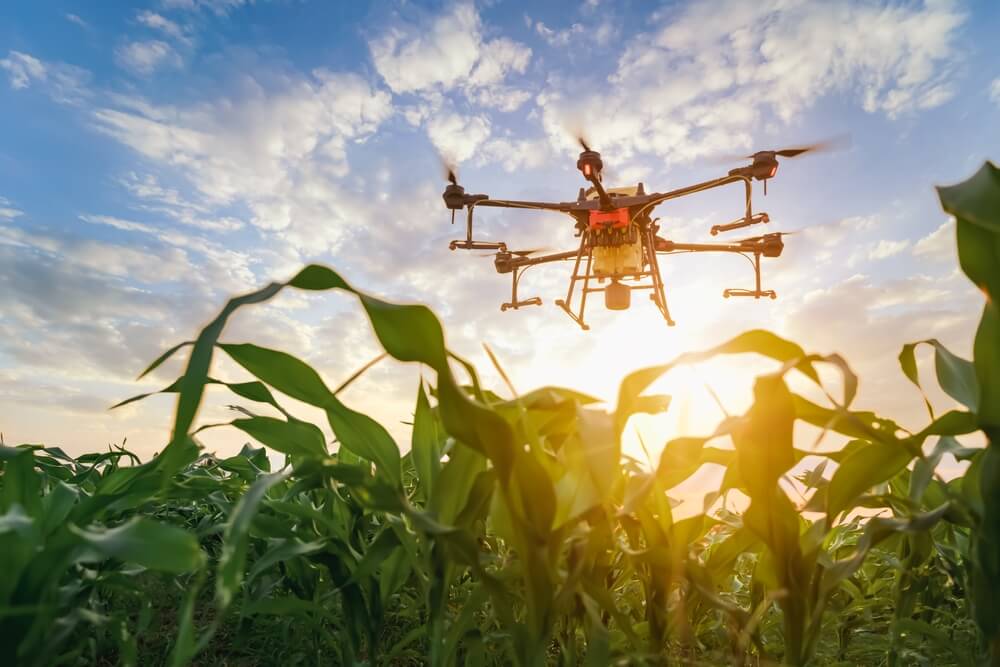
Conclusions
Applying more efficient cultivation techniques on the one hand and sustainability on the other is undoubtedly one of the great challenges we face today. If you have read our article on fertilizers and carbon footprint, you will know that according to the World Health Organization, it is expected that in 2050 the world population will have risen to almost 10 billion people, about 2 billion more than today. It is therefore evident that we must improve current food production if we want to be able to satisfy the estimated demand, and all this in a few decades. Without a doubt, smart farming will help achieve this.
However, it is important to note that to take full advantage of the potential of smart farming, it is essential to overcome some challenges, such as access to technology, adequate training, and initial investment, which is logically not minor. Furthermore, it is crucial to ensure that these technologies are used correctly, ethically, and responsibly, respecting farmers' rights and promoting sustainable practices.
Ultimately, smart farming has the potential to drive agriculture towards a more efficient, profitable, and sustainable future, where farmers can meet the challenges of climate change and the growing demand for food with confidence and resilience. With the continued advancement of technology and collaboration between various players in the agricultural sector, smart farming will continue to play a fundamental role in feeding the world for decades to come.
Happy harvest!

















































